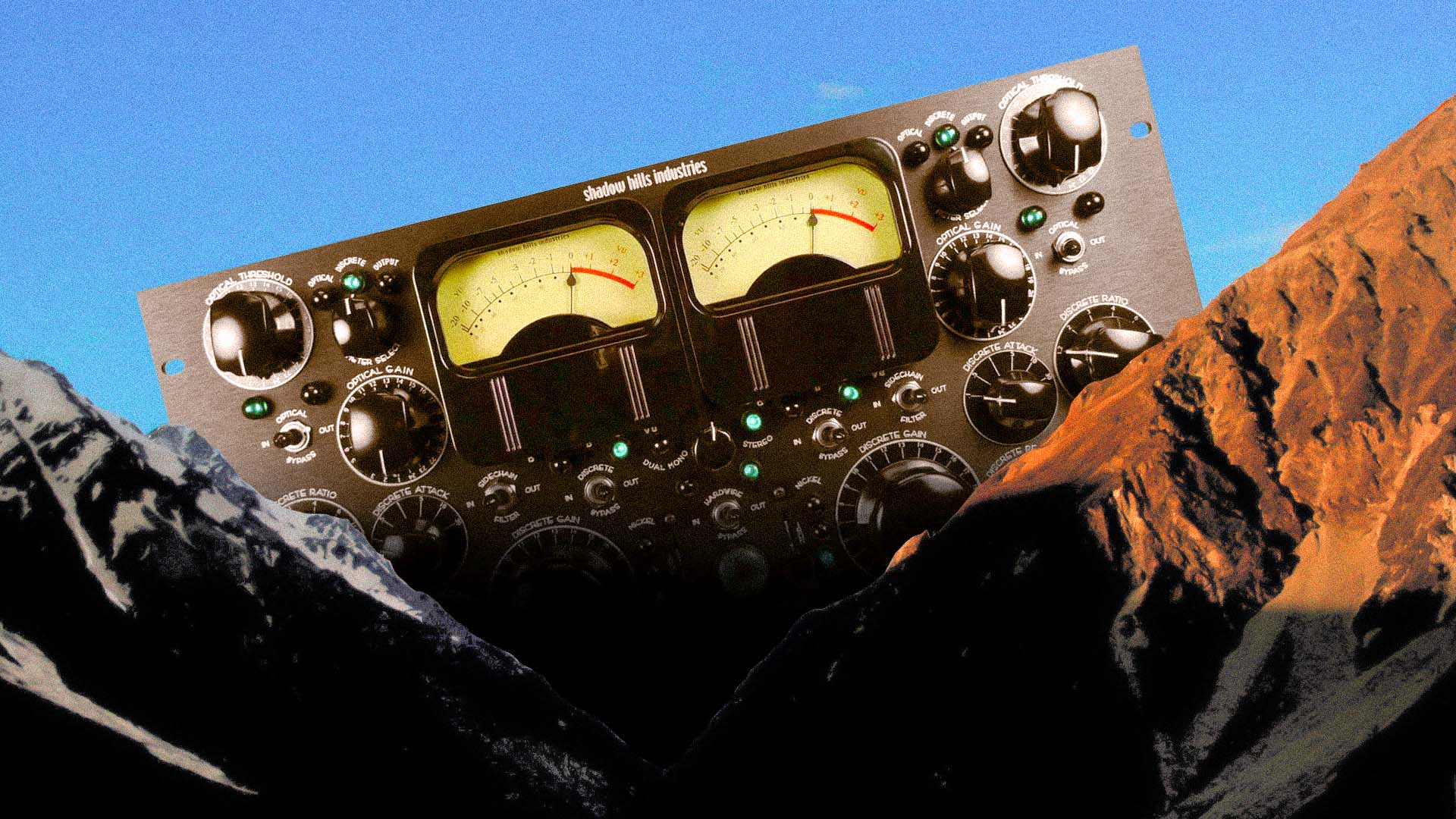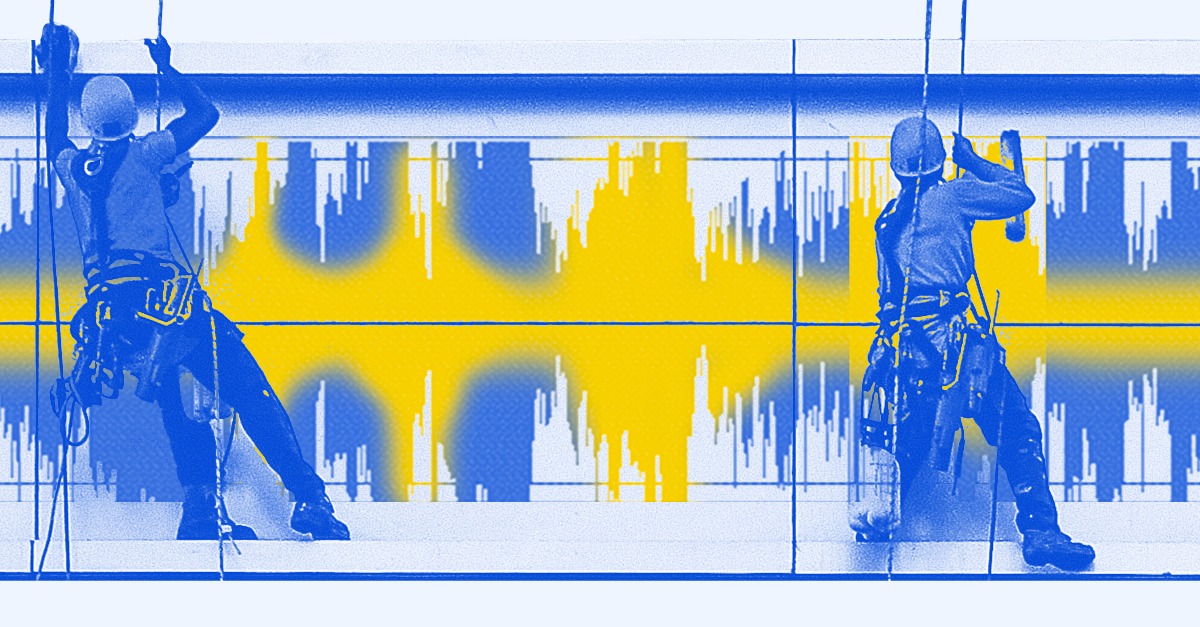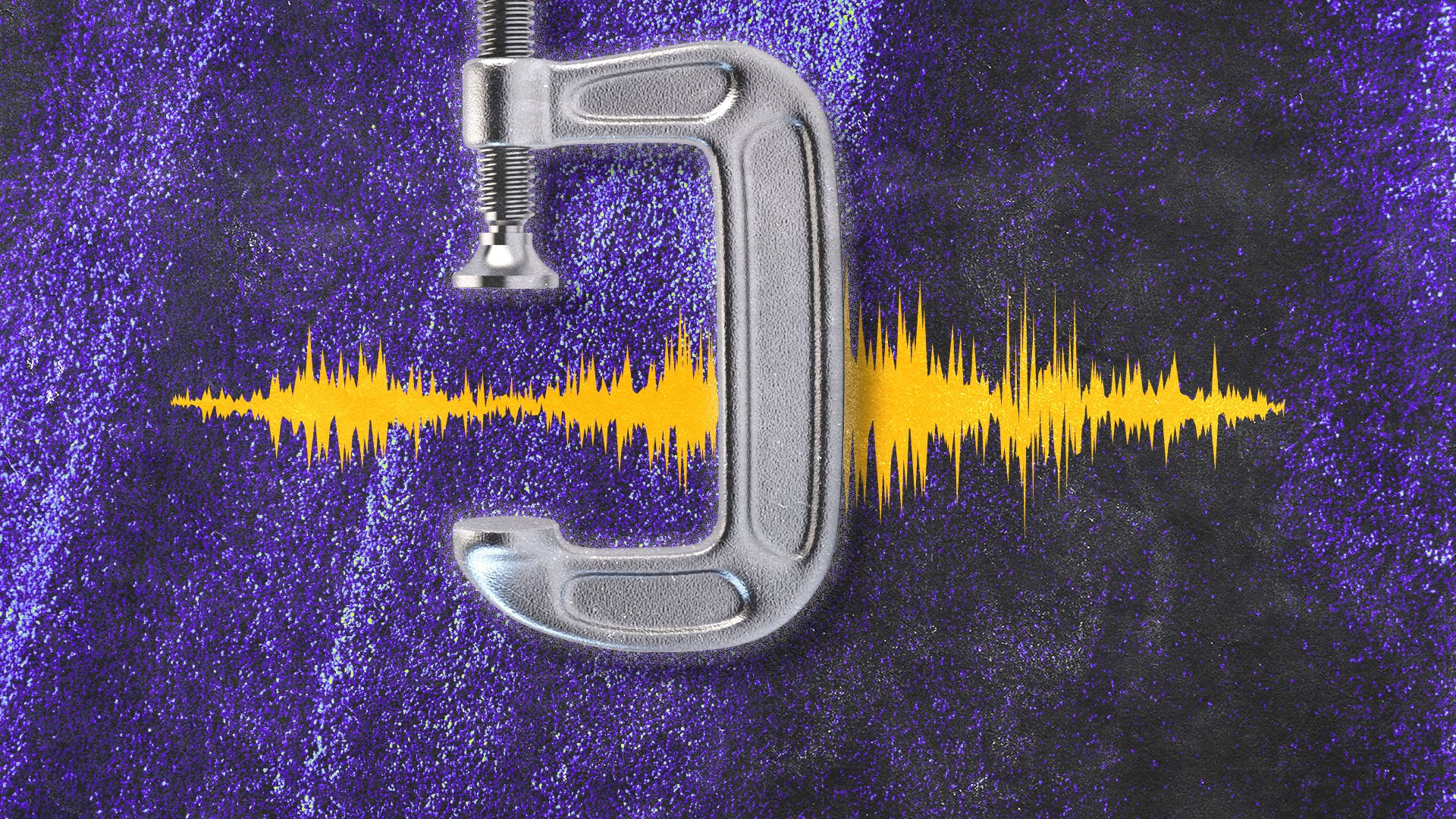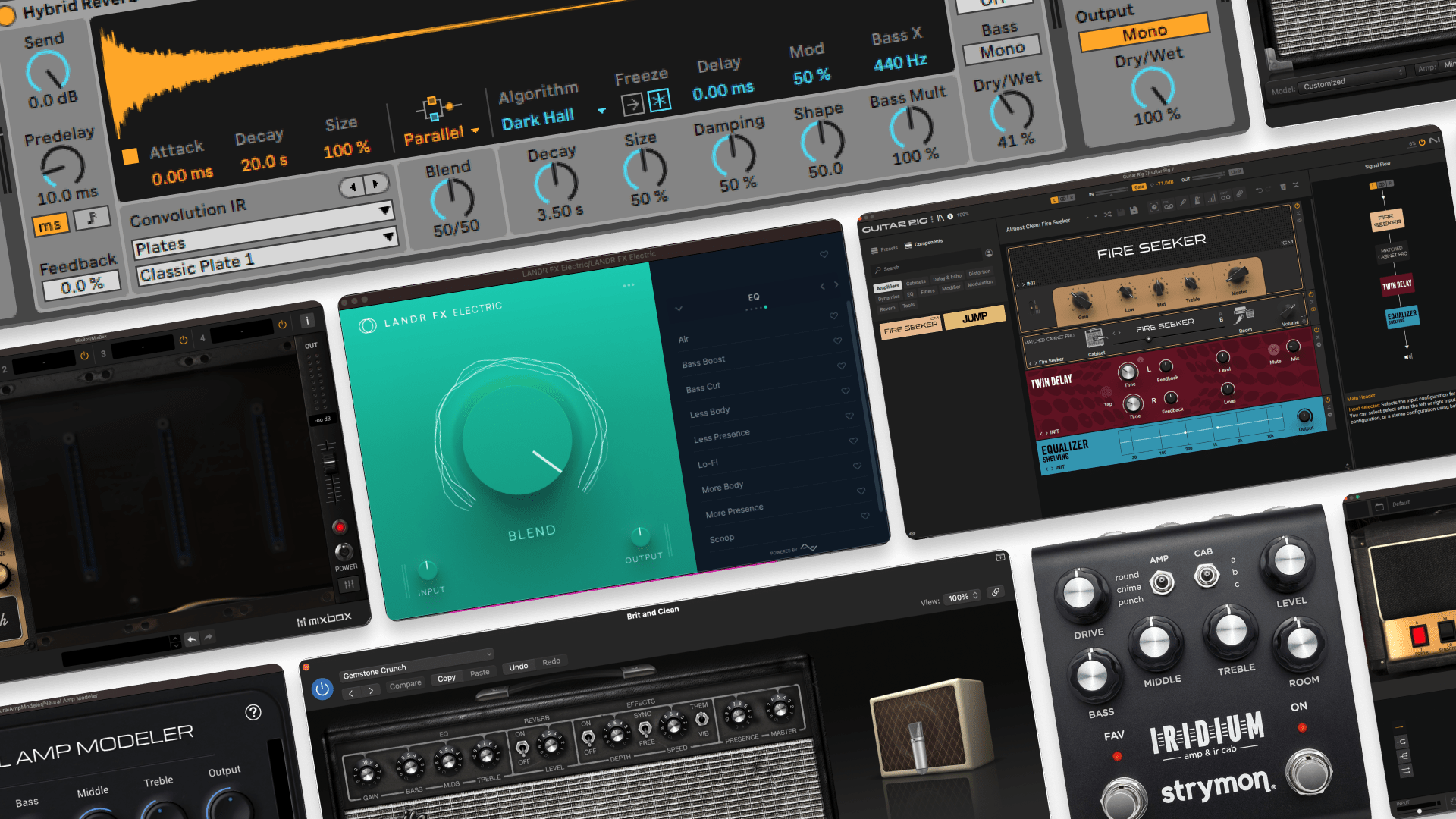
Mastering Compression: How Compressors Work In Your Master

Mastering compression is one of the most important elements of a pro mastering chain.
It’s the tool used in mastering to control the dynamics of the entire mix.
When used well, mastering compression can glue the elements together and enhance the sense of action in the song.
But good compression is notoriously hard to achieve in mastering.
In this article I’ll break down the basics of mastering compression and suggest ways to get it right when you master your own music in your DAW.
What is mastering compression?
Mastering compression is the tool used during mastering to control the dynamics of the entire stereo mix.
Mastering compressors may be physical hardware devices or software plugins running inside a DAW. They’re typically more sophisticated than mixing compressors used on individual tracks.
Compressing an entire mix is a delicate task that can easily go wrong. That’s why mastering compressors have features such as wet/dry blend, sidechain filtering, and low ratio settings.
To ensure transparent gain reduction, mastering engineers may use multiple compressors in stages. They may also use techniques like multiband compression for even greater control.
Mastering compression, along with limiting, is important for managing dynamic range and headroom. It also adds aesthetic effects.
What makes good mastering compression?
When applied well, mastering compression should enhance the impact and action of the mix.
That includes enhancing its tonal and rhythmic qualities to bring out the best in the song.
In addition to being set just right, a mastering compressor needs to have impressive response and capacity for detail.
For example, percussion elements are often the most dynamic parts of a mix. But vocals and other loud features can also play a big role.
Mastering compression is about balancing punch and power from rhythmic elements with focus tonal material. Not any easy task!
As a result, engineers favor some compressor styles over others for mastering.
Available both as original hardware and software plugins, widely used mastering compressors include:
- Bus-style VCA compressors like the SSL G 4000
- Console-style diode bridge compressors like the Neve 33609/N
- Colorful tube compressors like the Fairchild 670
- Transparent high-tech digital compressors like Weiss DS-1MK3
Finally, a compressor is not always necessary in a mastering chain.
Many mix engineers use enough compression during the mixing stage to keep dynamics in check. You may find additional gain reduction isn’t necessary during mastering,
Don’t be afraid to reduce the amount of compression you apply or skip the step completely if the mix doesn’t call for it.
New to mastering?
Learn the basics with these guides.

Advanced mastering compression techniques
Mastering compression is a sensitive task. It’s why engineers often use advanced techniques to get the results.
Here are three common compression types that go beyond simple mix-style compression:
Multiband compression
This style of compression splits the frequency spectrum into separate bands using steep filters.
The separated bands get their own compressors with independent controls. This allows each frequency band to have its own independent settings. The crossover points different frequencies.
This allows engineers to tailor each one for the best possible response.
This method effective for mastering because different mix elements may require different compression approaches. Check out our full guide to learn about multiband compression.
Serial compression
Sometimes a single stage of compression isn’t enough to get the precise level control needed for mastering.
In these cases, engineers may use multiple compressors one after another in a technique called serial compression. This way each compressor can act on a different aspect of the signal’s dynamics.
In mastering, serial compression may be used to achieve an overall goal for dynamic range or gain reduction. In one common setup, the first compressor tackles fast transients, while the next may enhance the body and sustain of the mix.
When used this way, mastering compressors can be set at a lower ratio than traditional mix compressors. Engineers may even choose settings lower than 2:1 such as 1.5:1.
Even so, light compression in serial can still add up to a healthy amount of gain reduction across multiple stages.
Parallel compression
Finally, parallel signal techniques are often used in mastering to retain clarity.
Parallel compression means blending the compressed signal in with the dry to get the best characteristics of each.
Many mastering compressors contain a built-in mix feature for blending between wet and dry. This means engineers can use more intense settings without too much impact on the original sound.
How to adjust mastering compression with LANDR Mastering Plugin
Mastering compression can certainly be challenging to do well.
That’s why we built the LANDR Mastering Plugin. To give you simple control over mastering compression once and for all.

The LANDR Mastering Plugin in action.
Instead of multiple stages of gain reduction acting on different frequency bands, LANDR’s compression control works on a whole host of parameters under the hood at once.
You can easily make your master sound punchy and dynamic or stylishly squashed with just two controls.
Simply adjust the compression control to set the intensity of the mastering compression. Then configure the character control by turning it left of noon for additional punch or right for a smoother sound.
Not only that, LANDR Mastering’s Plugin’s advanced parameters affect the entire mastering chain. This ensures that the changes you make interact with the processing created during the detection phase.
Master of compression
Compression is one of the most important tools to learn in mixing and mastering.
While it may seem difficult to understand at first, you’ll learn to hear how it can enhance your mixes .
If you’ve made it through this article you’ll have a solid intro to mastering compression.
Gear guides, tips, tutorials, inspiration and more—delivered weekly.
Keep up with the LANDR Blog.














